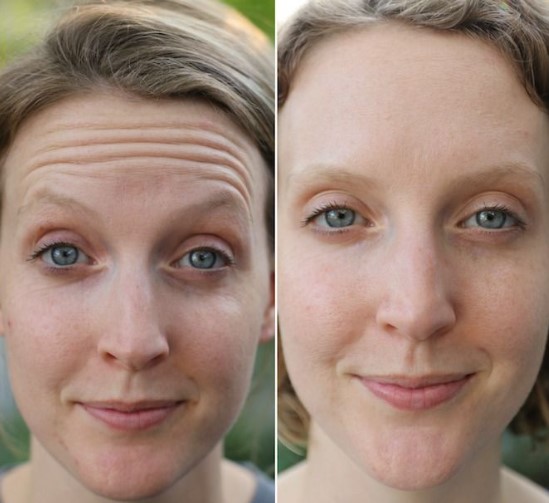Dermal fillers for anti-aging: The anti-aging secret isn’t something you can buy at the drugstore, and it’s not some miracle cream that slaps the wrinkles away while you watch TV. It’s something that dermatologists have been keeping in their back pocket, hoping to keep it from the general public until they could get approval from the FDA, but we all know that it doesn’t work that way! Dermal fillers are now available to everyone, but before you rush out to fill those wrinkles, make sure to read this guide on dermal fillers first!
Dermal fillers have become increasingly popular in recent years, and their ubiquity shows no signs of slowing down. This article takes a look at the causes of aging, how dermal fillers help to address them, how to find the right provider, and what to do if you have any concerns after your treatment. By the end of it, you should know everything you need to know about dermal fillers so that you can make an informed decision about whether they’re right for you.
What Are Dermal Fillers?
Dermal fillers for anti-aging: Dermal fillers are injection materials that are injected into the skin to increase volume and reduce wrinkles. Dermal fillers are often used on the face, hands, and neck to achieve a more youthful appearance. There is a wide variety of dermal fillers available on the market today.
There are two different types of dermal fillers: temporary and permanent. Temporary fillers last for three to six months whereas permanent fillers can last up to two years or longer.
What Do Dermal Fillers Do?
Dermal fillers are a relatively new type of cosmetic surgery that have been on the rise in recent years. Dermal fillers are injected into the skin to create a more contoured and youthful appearance by filling out wrinkles and folds. Commonly used dermal fillers include Juvéderm, Radiesse, Restylane, and Sculptra Aesthetic.

Benefits of Dermal Fillers for Anti-aging
Dermal fillers for anti-aging: Dermal fillers are made from a substance called hyaluronic acid, which is produced naturally in the human body. It helps our skin stay plump and youthful looking by drawing water up from the lower layers of our skin. Hyaluronic acid production decreases as we age and those fine lines and wrinkles start to develop. Dermal fillers are injected into the skin to add volume and replace lost hyaluronic acid, making it look fuller, smoother, younger looking.
There are two types of dermal fillers: soft tissue fillers and temporary dermal fillers. Soft tissue filler injections consist of substances like collagen or Restylane, while temporary dermal filler injections consist mainly of Juvéderm or Radiesse.
How Long Do Dermal Fillers Last?
Some dermal fillers last up to 10 months, but it depends on your lifestyle. On average, they last about 4-6 months. Dermal fillers are made of a substance called hyaluronic acid (HA). HA is a natural sugar found in your body and is the main component in keeping skin youthful and plump. As you age, the amount of HA in your skin decreases and this causes wrinkles to form.
Are There Any Side Effects?
There are very few side effects associated with dermal fillers. In rare cases, a person may have an allergic reaction to the product, or find that it does not last as long as expected. However, these occurrences are much less likely than the benefits of this treatment.
Dermal fillers can rejuvenate the skin and give it a more youthful appearance by filling in wrinkles and other signs of aging. These treatments can also improve people’s self esteem by making them feel more confident in their appearance.
How Much Do Dermal Fillers Cost?
Most dermal fillers cost between $400 and $1000. Some of the most popular dermal fillers are Restylane, Juvederm, and Radiesse. Dermal fillers are often used to give the face a more youthful appearance.
